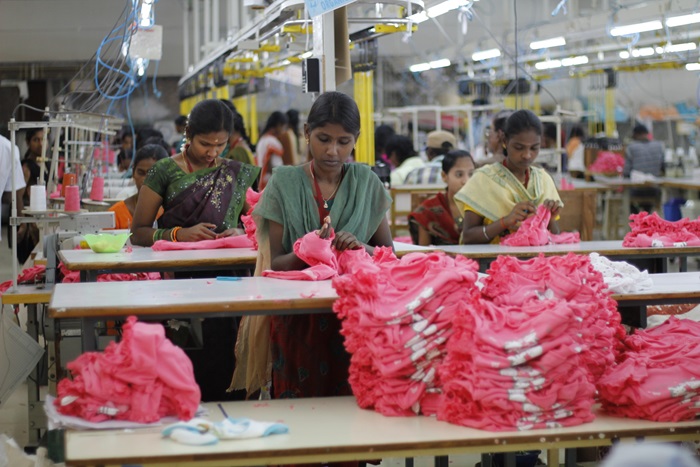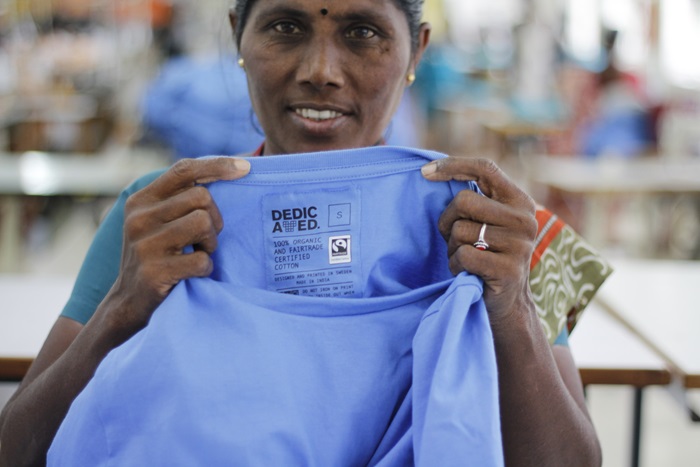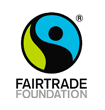As a girl growing up in India, clothes for me meant those made with love by my mother from the cloth that we bought from the local shop in the vibrant colours and fabrics that caught our eye.
As I grew up and times changed, clothes changed to those made in fabrics, styles and colours that the ‘experts’ forecast as ‘trends’ rather than those hand made by my mother and I.
I think we have become a step away from the process, but we have also become further away from those countless faceless people whose hands have touched the garments we wear: the cotton farmer who grew the cotton; his wife who picked and cleaned it; the guy who packed and loaded it to the gin and on to the constantly changing hands who ensured that the machines are working non-stop, ginning the cotton, spinning the yarn, weaving the fabric, dyeing and printing it.
Even at the last stage when the fabric reaches the factory to become clothes there are so many stages to making the garment, so many people, so many eyes and fingers that have been a part of making our clothes, that we are not even aware of or maybe just take for granted.
From the love of clothes to the factory
The connection I felt to the process of making clothes brought me to the very heart of the clothing industry. I started my career in a small company working on apparel product development and then moved on to similar roles in bigger companies and factories. My work meant I dealt with a lot of different factories. These were by no means ‘sweat shops’ but it was there that I first started to see how the industry works.
For example, one of the factories I worked with was continuously hiring new contract workers for piece work, placements that only lasted a few weeks at a time. The staff needed to be retrained over and over again. It simply made no business sense, nor did it suit the workers who had no job security.
The other eye opening reality was seeing orders move from one supplier to another for the sake of just a couple of pence. There was no long term commitment by businesses to factories and in turn to factory employees.

Where is the business sense?
Reflecting on that period, I often wonder about how we all are unwittingly part of the problem. As consumers we see only the end product rather than the process behind it, as buyers or brands we only care about the bottom line, or as employees at every level in a factory we only care about deadlines.
We need to pause and try to understand why this doesn’t work.
How can a shirt cost less now than ten years ago, when all the costs of production have risen? How, when the cost of everything is going up – food, fuel, travel – can a shirt be cheaper today than 10 years ago? With many factories in developing countries competing for valuable contracts with garment companies, prices and production times have been pushed down and down. It’s a cut throat environment where hourly wages are often less than 50p.
Are all these people making enough to survive and lead a life of dignity, earning enough money to feed their families while they make clothes we in turn use to express ourselves?
How can we break the cycle?
The Rana Plaza clothing factory collapse in Bangladesh, where 1,138 people lost their lives and many more injured on 24th April 2013 tragedy five years ago has already shocked and shown the world how broken the fashion business is. It is in urgent need of greater transparency and traceability.
We’ve lost the ability to piece together the link between the people who make our clothes and our insatiable demand for the latest style at rock-bottom prices.
At Fairtrade I have been able to look even further down the chain, with the privilege of regularly meeting cotton farming communities. I am really concerned that too many fashion companies completely overlook the farmers who grow the cotton that goes into the shirts on our backs and the sheets on our beds. Even those global companies with the best intentions, with a rights based approach in the fashion sector, simply don’t factor farmers into the equation.
Farmers have become the forgotten link at the beginning of the thread that eventually becomes our clothes.
Since the world woke up to the exploitation in factories following Rana Plaza, conditions have improved a bit for some factory workers, but there is no change for the farmers who are one step further removed. For these people it’s much more difficult to ensure protections are in place, yet there are more than a million people involved in cotton farming, that’s more than cocoa, sugar and coffee put together.
Fashion goes back to the farm
Most of our cotton comes from poor and marginalized farmers who are overlooked because many brands do not know where their cotton comes from. It’s almost as if the world’s focus on fashion ends on the factory floor but there are several other stages that require better transparency; weaving, spinning, ginning and growing the cotton.
When companies know more and publish information about their supply chains and business practices, it is easier to know where the problems are and to address them. This would in turn lead to greater accountability and can change the way business is done. Transparency encourages this shift.
The Fairtrade cotton standard supports the most vulnerable farmers, enabling them to sell their goods at a decent price so they can provide for themselves and their families.
And our new Textile Standard and Programme means that Fairtrade now covers the entire supply chain. It seeks to improve health and safety, worker’s rights and living wages.

What can you do?
As consumers, each and every one of us has a role to play to ensure we are not exploiting the people behind our clothes.
Let’s challenge the fashion industry, let’s become informed and let’s make sure we are not a part of the problem but are ensuring this business is fair for everyone, from the farmer growing the cotton to the unseen hands on the factory floor, the pattern maker, seamstress, packer, shipper, seller – right the way through the supply chain.
Make sure you buy clothes made with Fairtrade cotton and remember to ask brands #whomademyclothes and look out for the producers who respond on social media to say #imadeyourclothes.
It’s Fashion Revolution Week and I’ll be standing in solidarity with Fashion Revolution, joining millions of people around the world to raise awareness of the change needed in the fashion industry.
Find out where you can buy Fairtrade cotton
You might also like
 |
At Fairtrade, we promote gender equality in sectors that have long been male dominated. | |
 | Follow us on social media Support Fairtrade when you follow, share or like our social posts. | |
 |
Sign up to email updates from Fairtrade to hear about products, petitions, competitions and more. | |

